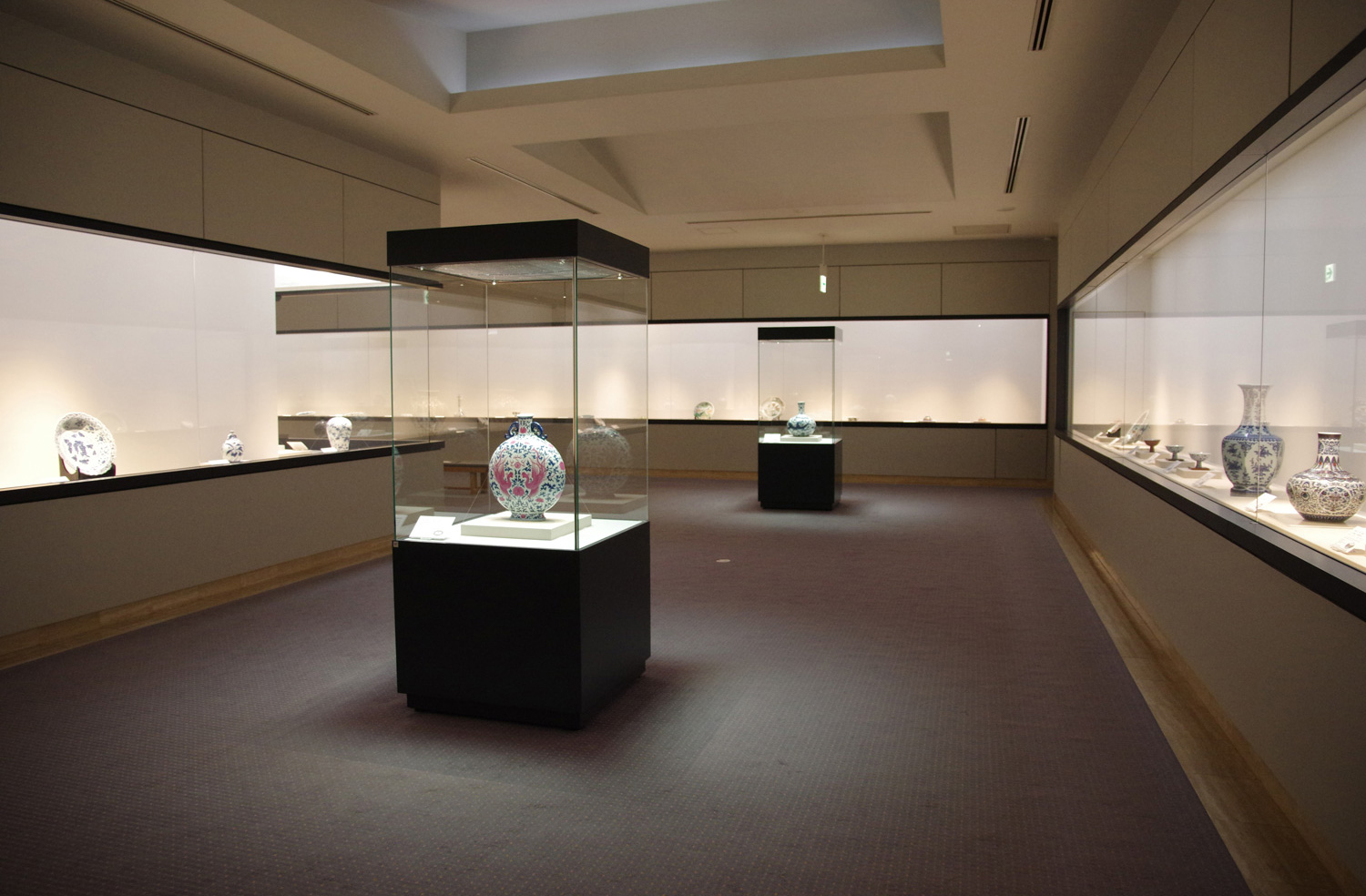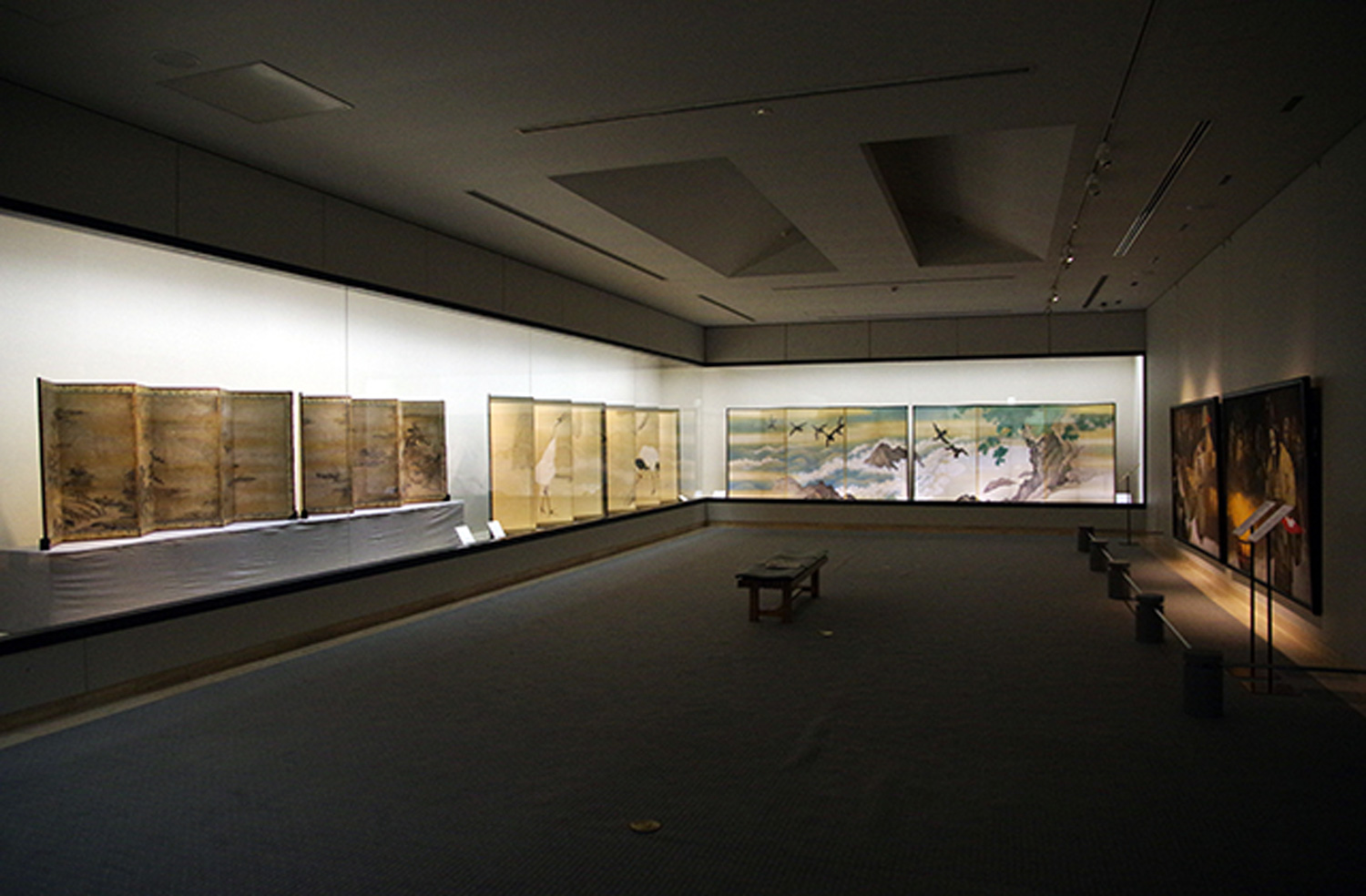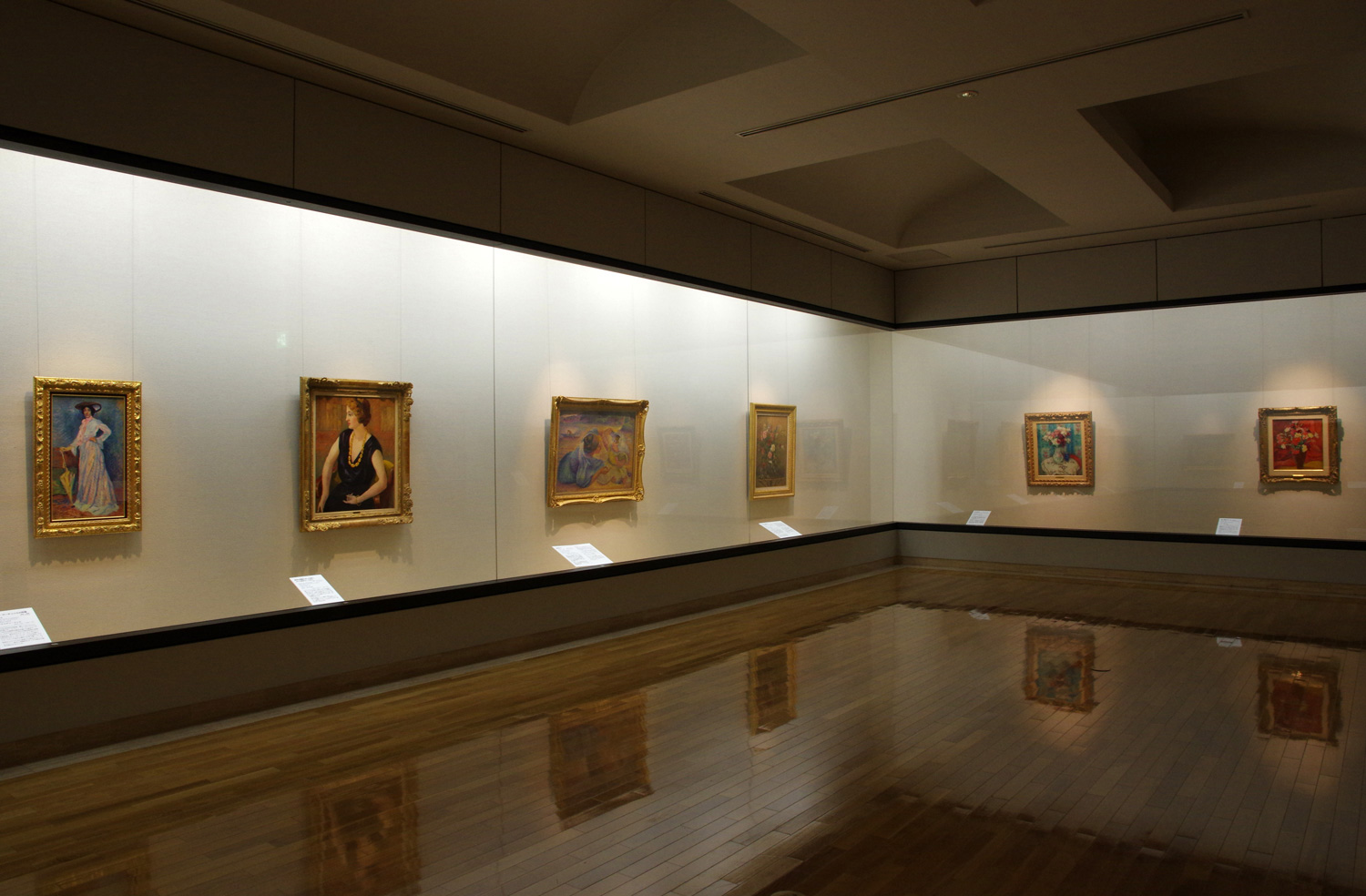Welcome to the Museum
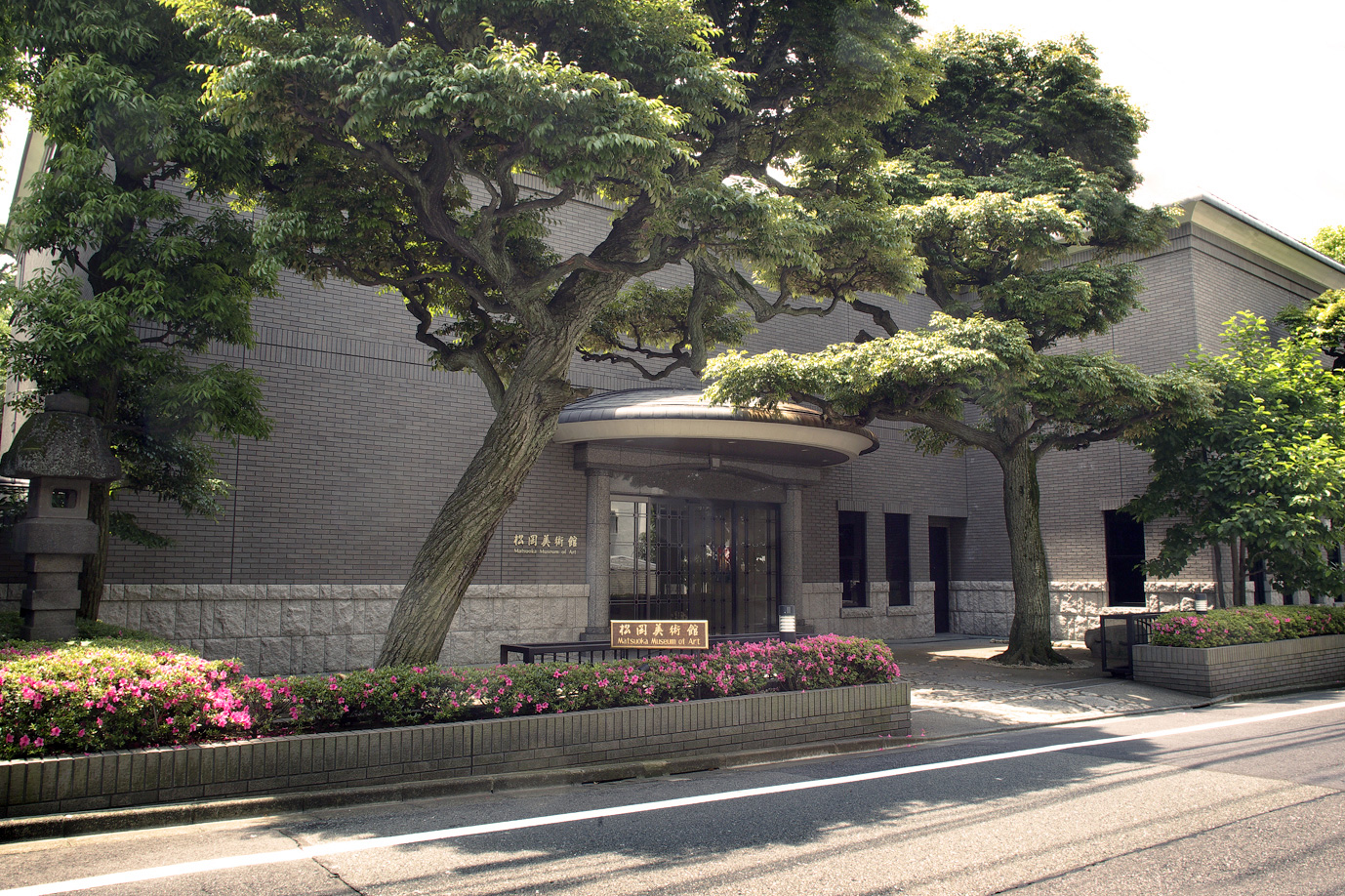
Our Founder, Matsuoka Seijiro
Matsuoka Seijiro was born the third of three brothers on January 8, 1894 in Tsukiji, Tokyo.
His father was a rice dealer.
After graduating from Tokyo Chuo Shogyo high school, he joined the Yazawa Shouten trading company in Ginza in 1912. In 1917, he established his own trading firm, Matsuoka Shouten.
His business interests were wide-ranging, including cold-storage, hotels and real estate, preparatory schools and more.
He passed away on March 20, 1989 at the age of 95.
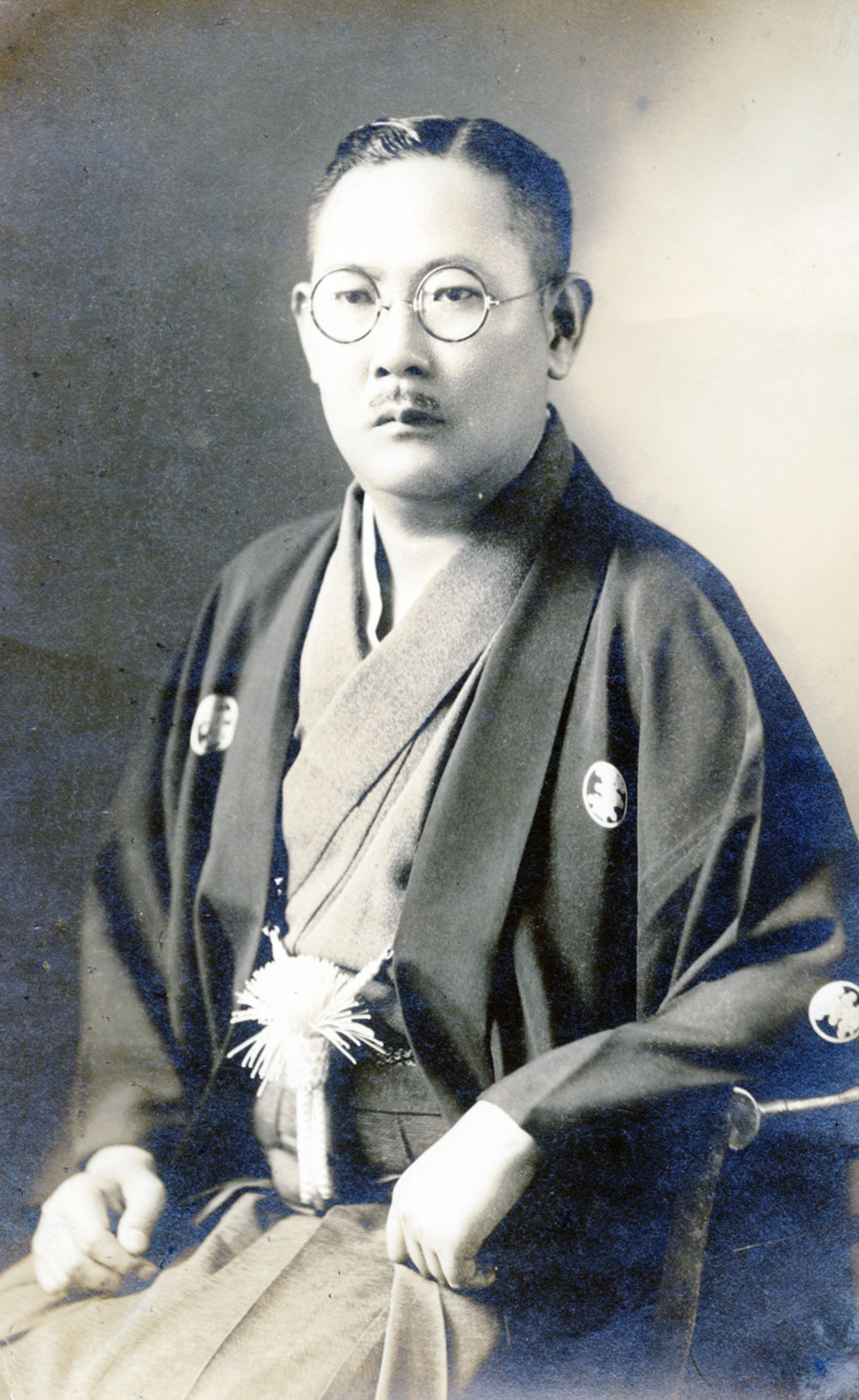
Matsuoka Seijiro
“People forget the dead no matter how great he or she was.
On the other hand, classic artworks remain for eternity.
So it is my dream to have the public enjoy all that I have collected.”
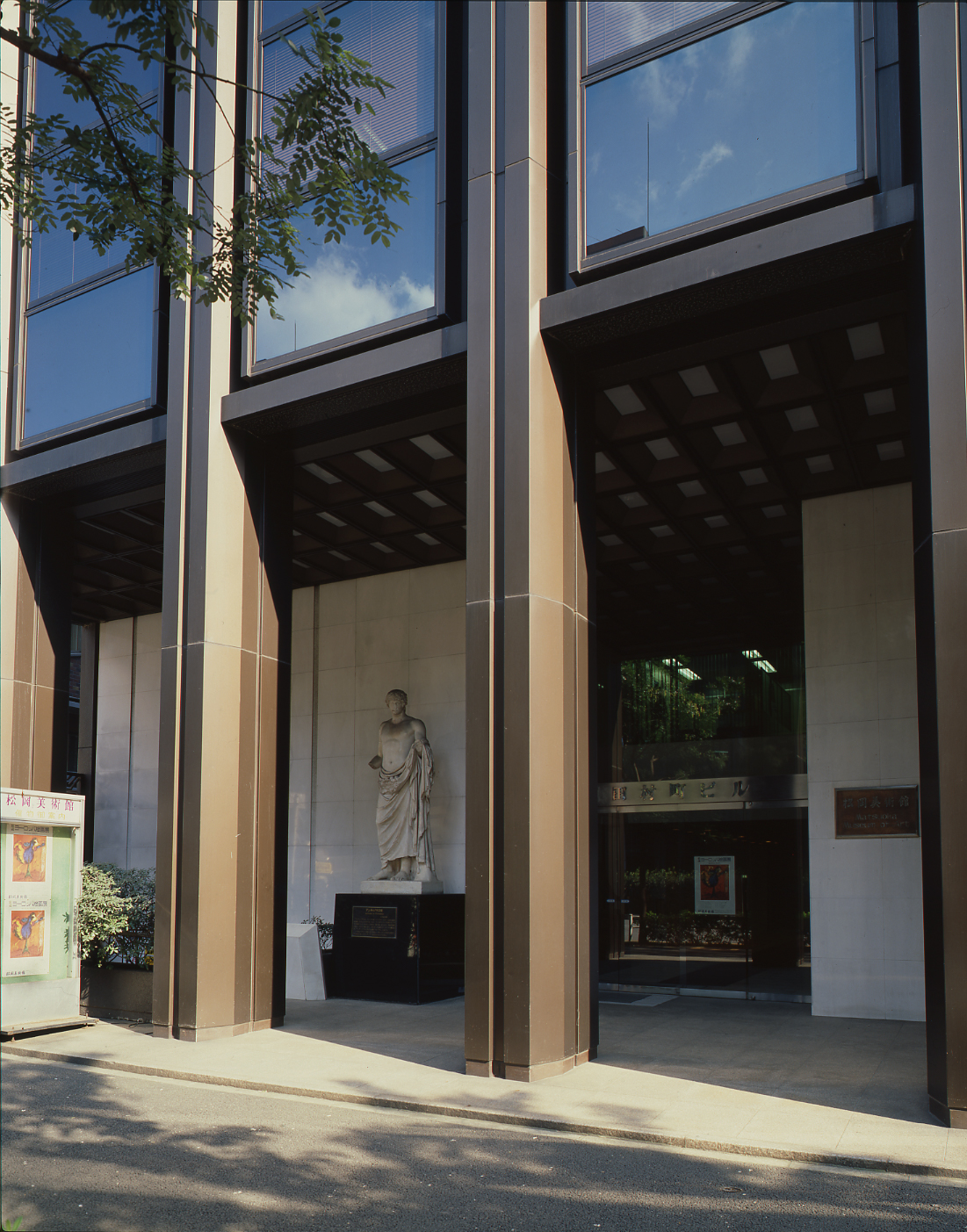
When Matsuoka was 80 years old, he decided to share his grand collections with the public. In 1975, he founded the Matsuoka Museum of Art in Shimbashi, Tokyo. As his collections continued to expand, he planned to build a larger museum in
nearby Ryogoku. However, he passed away before fulfilling this dream.
His family members decided to build a new museum at the site of his residence in Shirokanedai in Tokyo’s Minato Ward.
Matsuoka was very fond of his home, which he often likened to Hakone. “This house is surrounded by nature. I can see big birds. Autumn is especially nice”.
The Matsuoka Museum of Art in Shirokanedai opened its doors in April 2000.
Permanent Exhibition Rooms
Ancient Orient Art
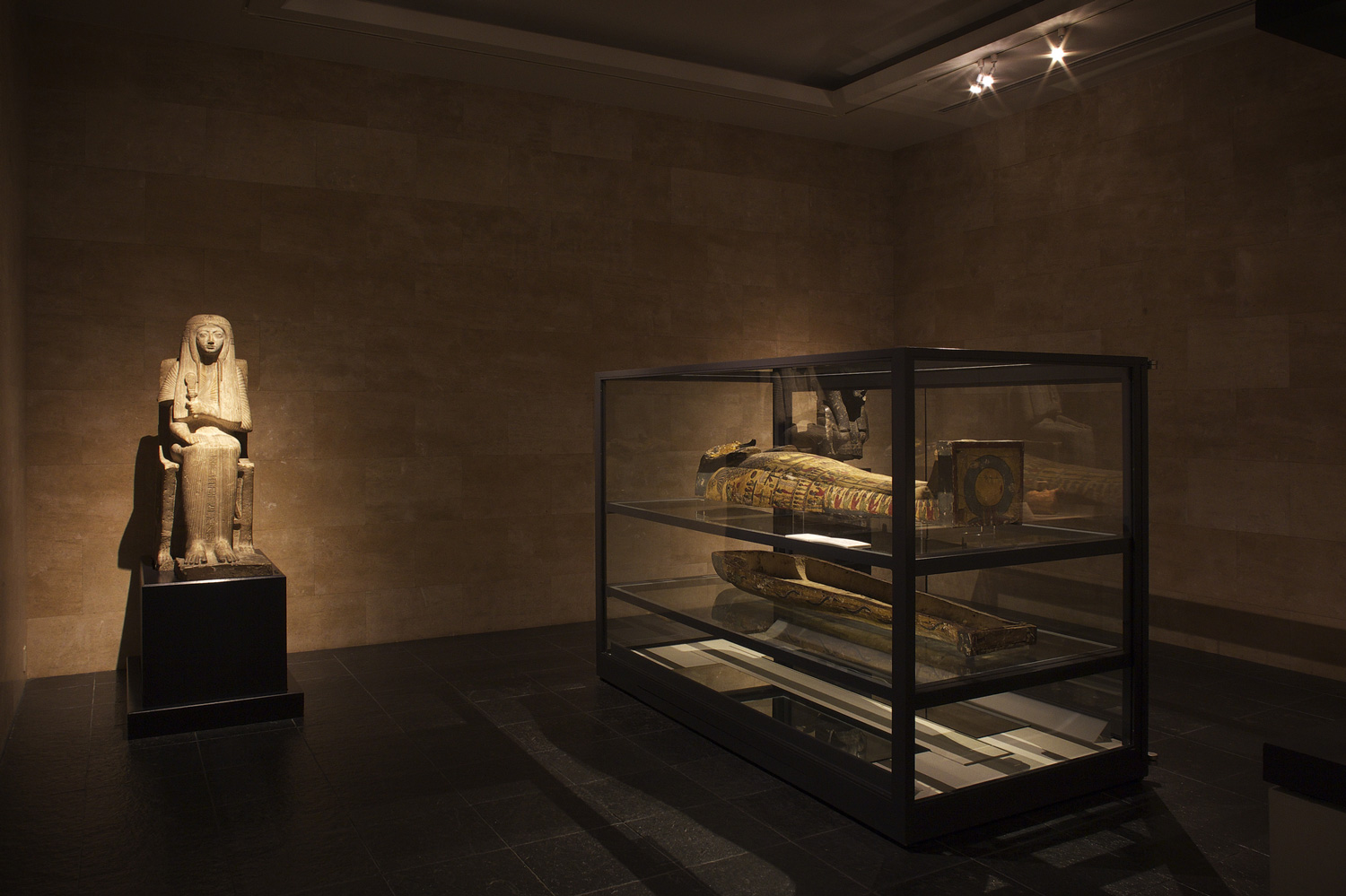
In the Roman period, the “Orient” represented the east side of the sunrise. In this room, our permanent collection includes an anthropoid coffin and stone figures of ancient Egypt. We will also hold temporary exhibitions of cultural artifacts from such areas as ancient Rome, Greece, Mesopotamia, and Persia in the display cases.
Modern Sculpture

Matsuoka dreamed of creating an open-air museum where families could enjoy themselves on lawns surrounded by large works of art. With this in mind, he collected bronze sculptures by Émile-Antoine Bourdelle and Henry Moore. Although he passed away before realizing his dream, these sculptures finally found their places in peace through the opening of the new museum.
Ancient Asian Sculpture
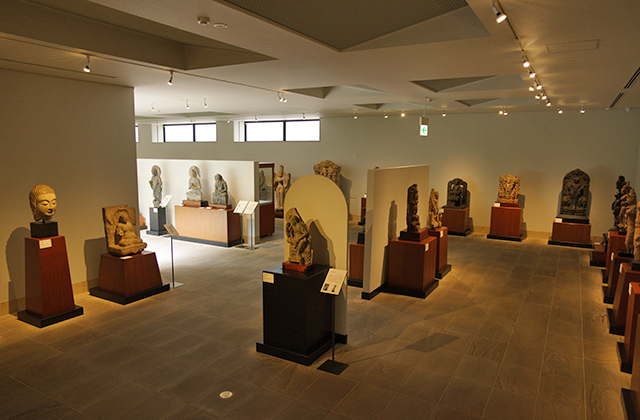
Matsuoka was less interested in Buddha statues from Japan than sculptures from other parts of Asia. In this room, we exhibit Bodhisattva and Buddha statues of Gandhara (in present-day Pakistan and Afghanistan), where the world’s first Buddha statue was made. Also on display are sensual statues of Hindu Gods and Goddesses in conjunction with statues from ancient China and the Khmer Empire.
Temporary Exhibition Rooms
Matsuoka thought a private museum should be “a place where the founder shows an original sense of beauty.” Thus, this museum only displays his original collections. Rooms 4, 5 and 6 on the second floor are temporary exhibition areas that display several works from his collection of over 1,800 items.
Museum masterpiece
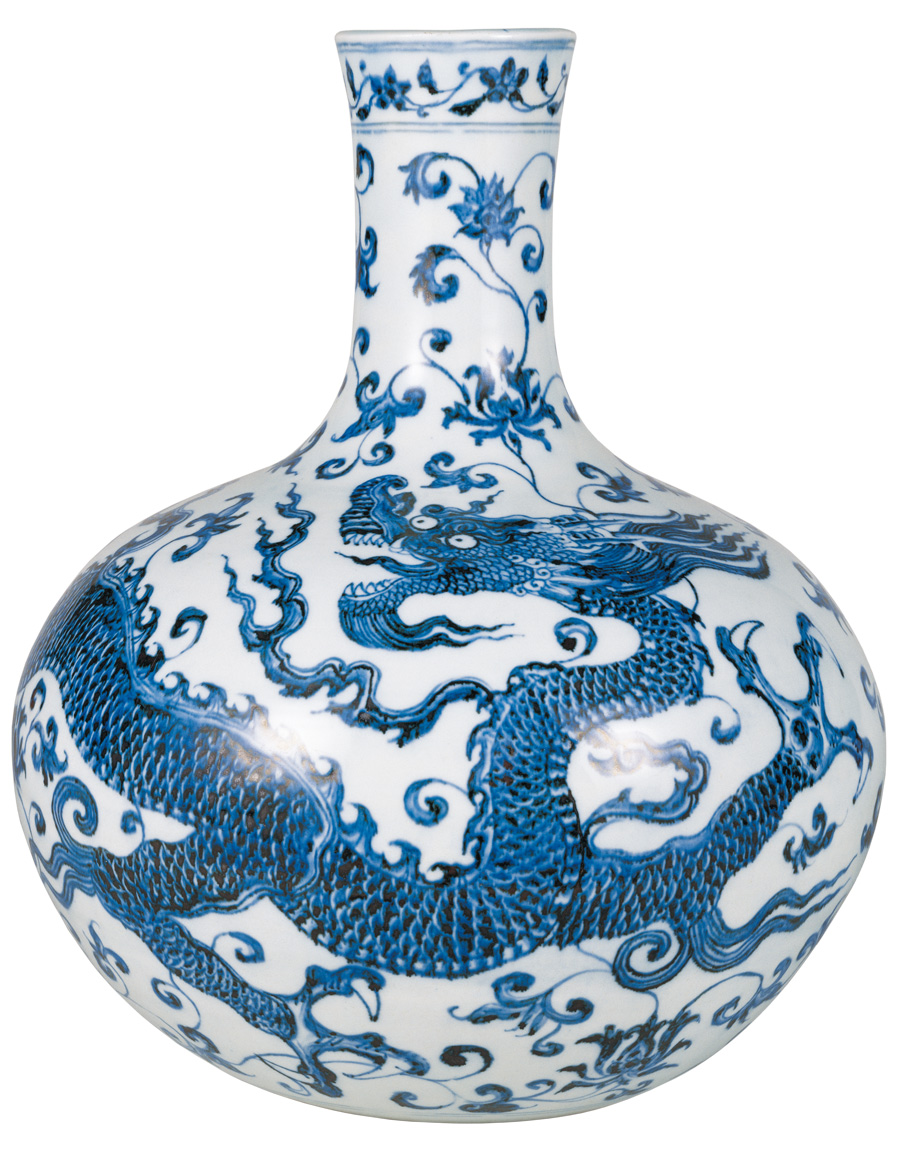
BOTTLE JAR WITH DRAGON AND ARABESQUE DESIGN, BLUE AND WHITE
Ming Dynasty, Yongle Period, 15th Century
Ceramics account for over one-third of the Matsuoka Museum of Art’s entire collection.
The ceramic collection is not only praised for its sheer quantity, but also for its high level
of quality.
Matsuoka shared a deep passion for ceramics as a form of visual art, and he possessed notable emotional attachment to this vase in particular.
Acquiring the vase indeed led the founder to set up his own museum.
Service and Visitor Guidelines
You will notice that, in place of security guards, security cameras are installed in all exhibition rooms. We want our visitors to enjoy their experience at the museum without the prying eyes of live guards. We appreciate your consideration and thoughtfulness.
You can take photographs without flash or sound that annoy others. However, it is only permitted for nonprofit and private use purposes, except for works with a sign indicating that photography is prohibited. You may also draw the works you
enjoy, provided that you refrain from using drawing utensils other than pencils. Ink may cause irreparable damage to the works.
*If you wish to use this service, please ask at the reception desk.
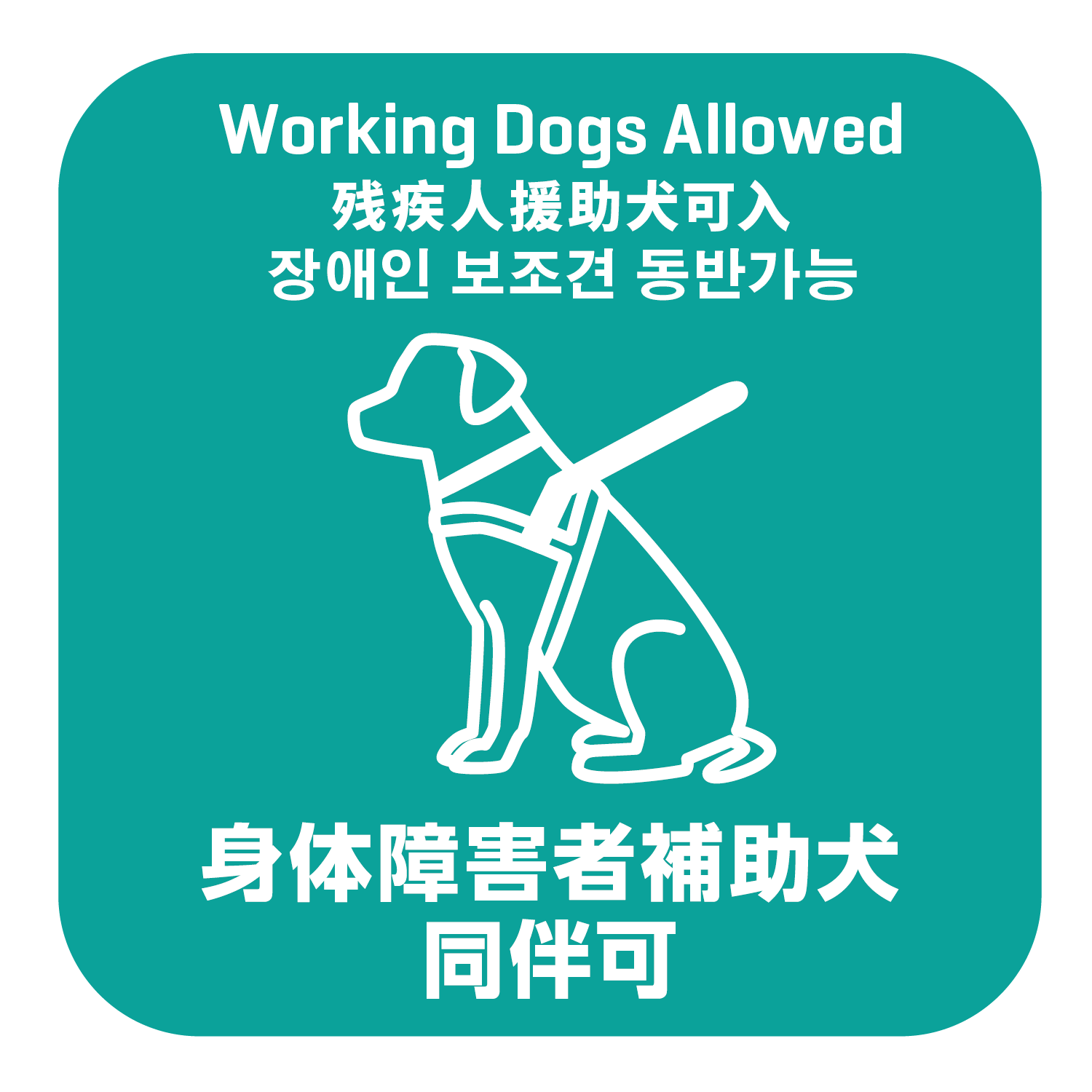
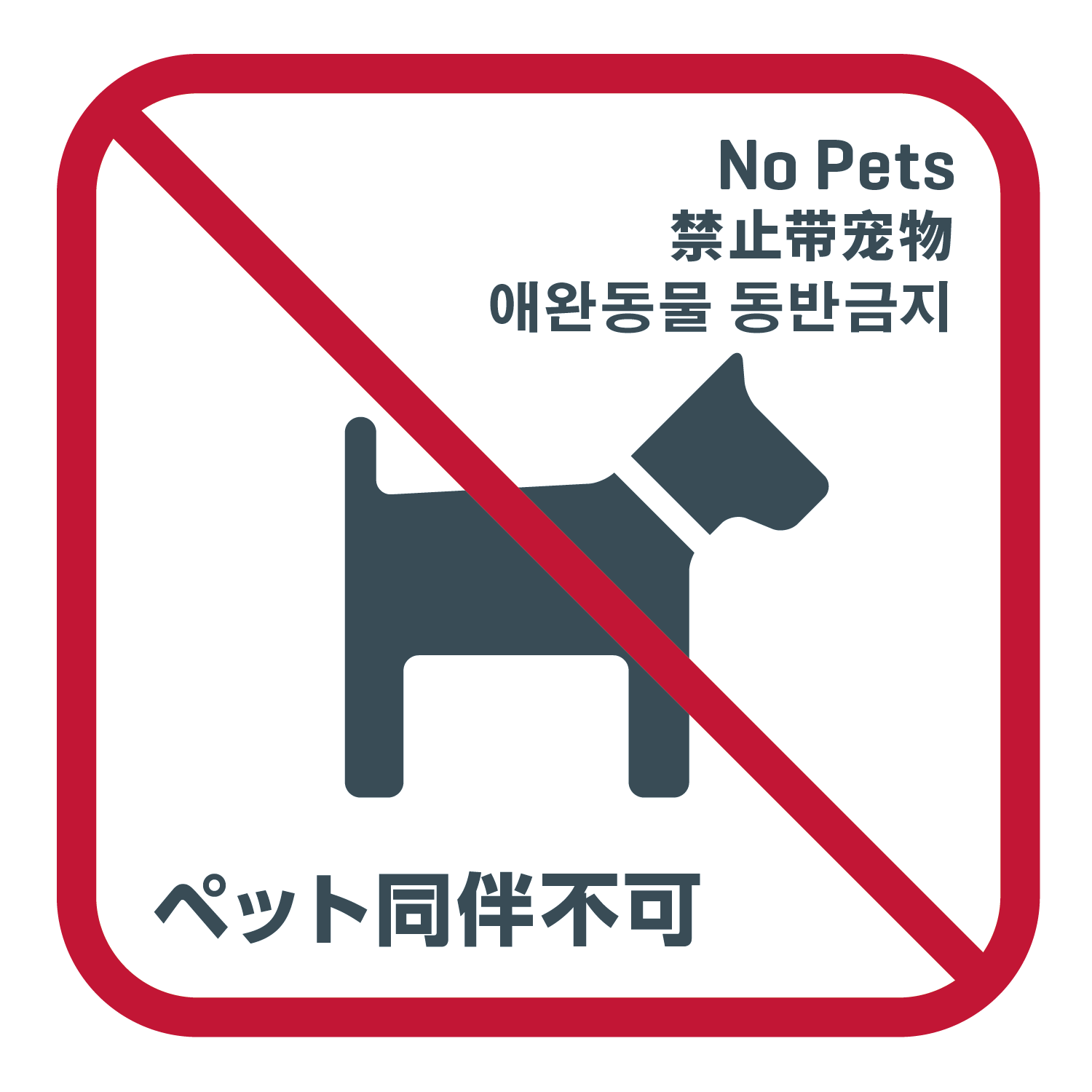
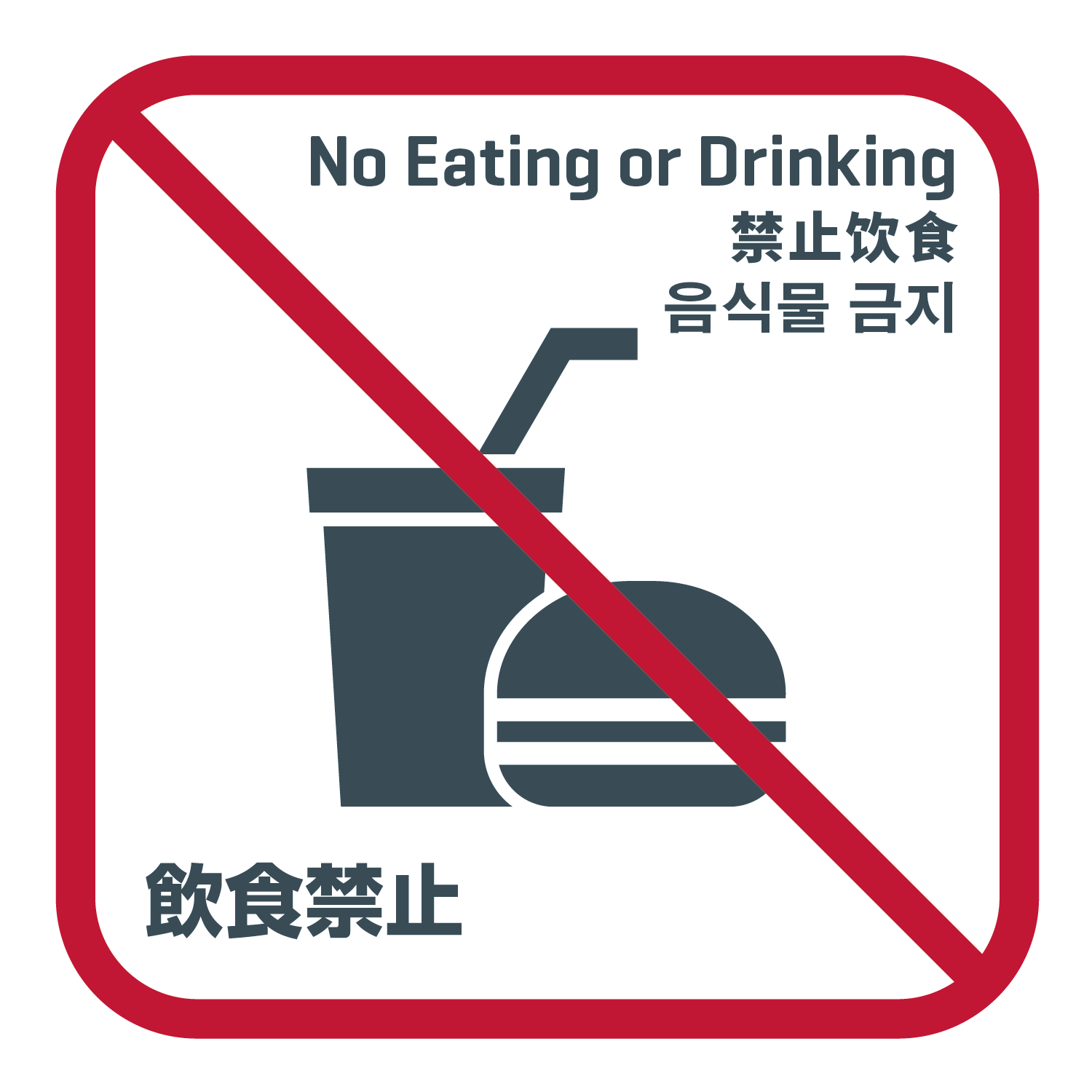
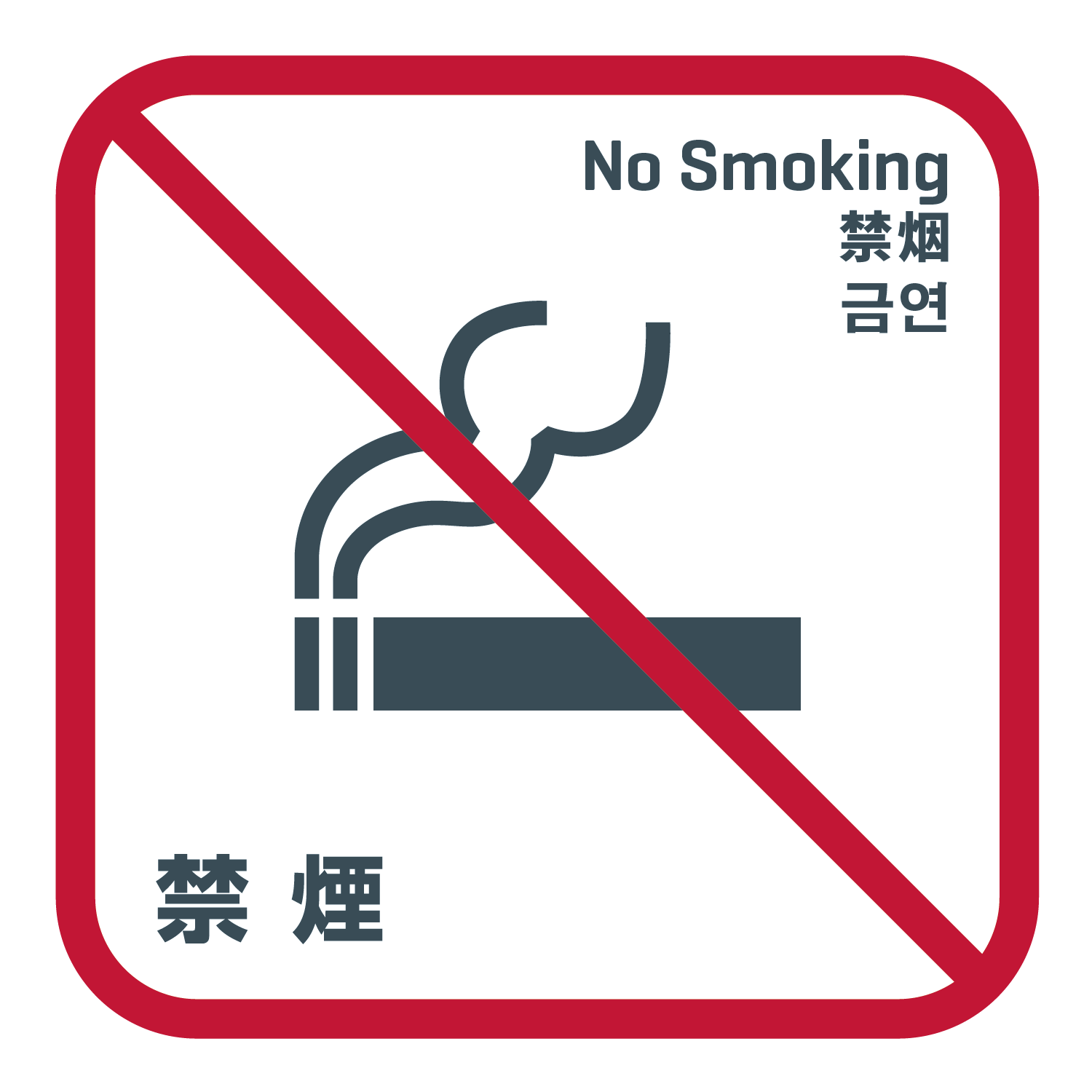
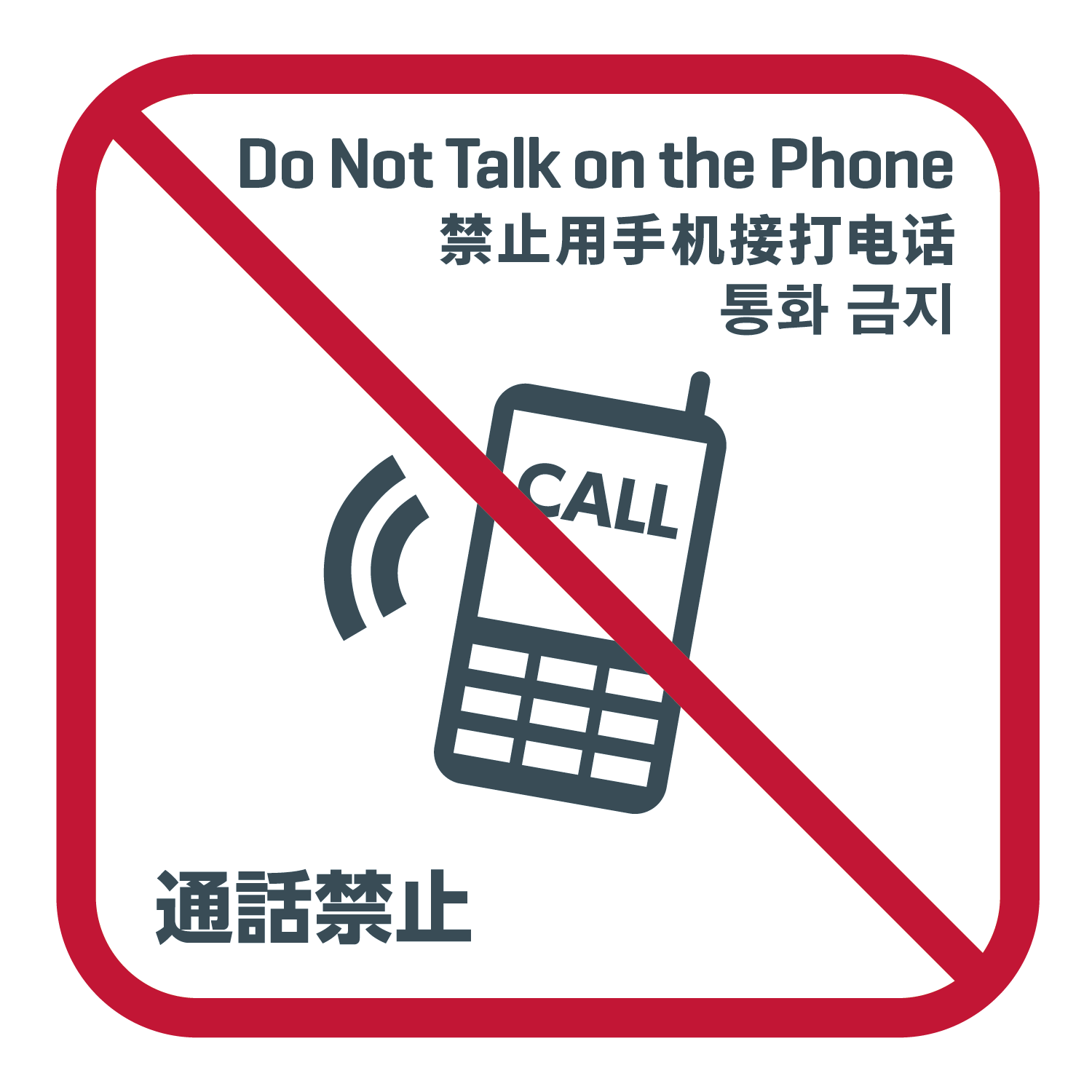
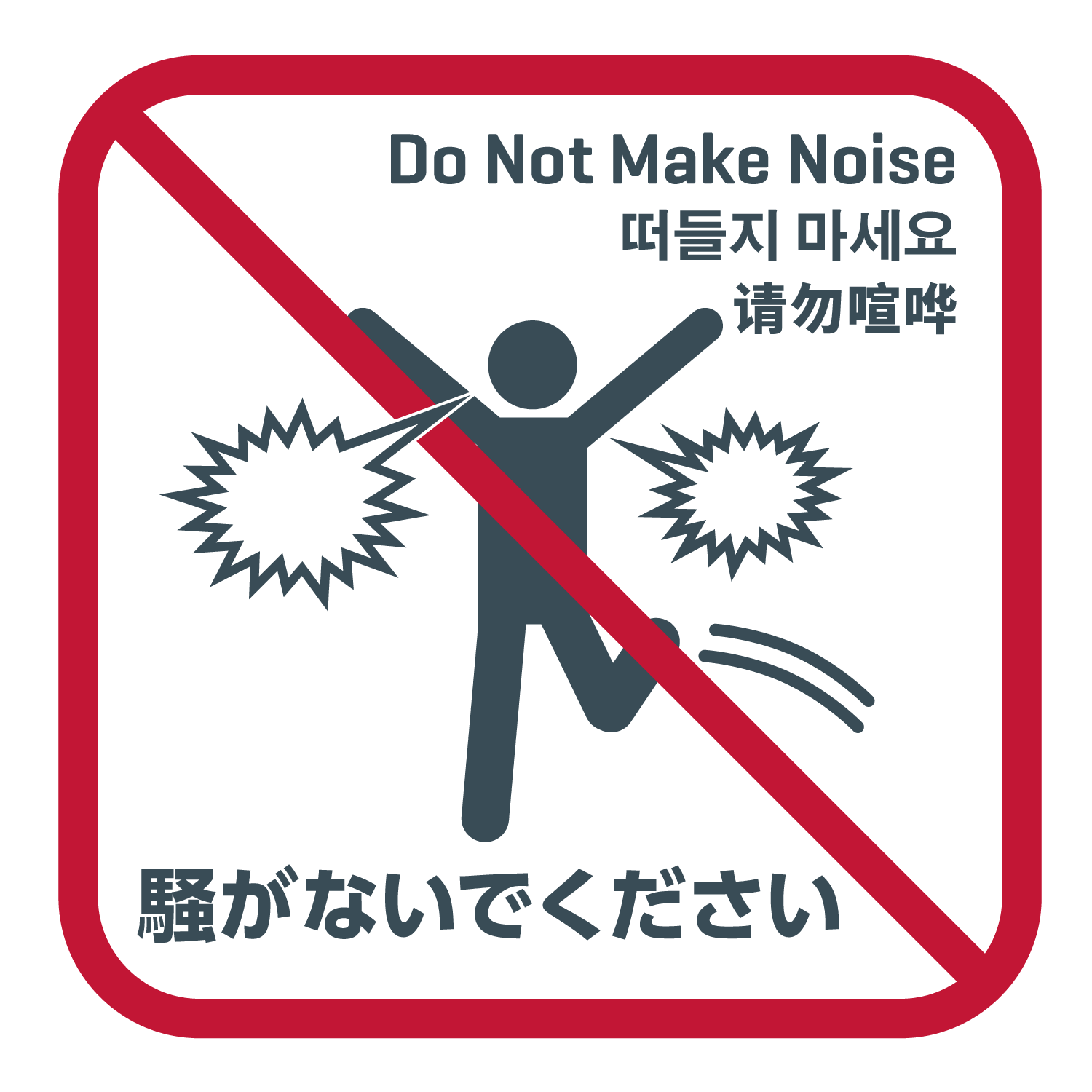
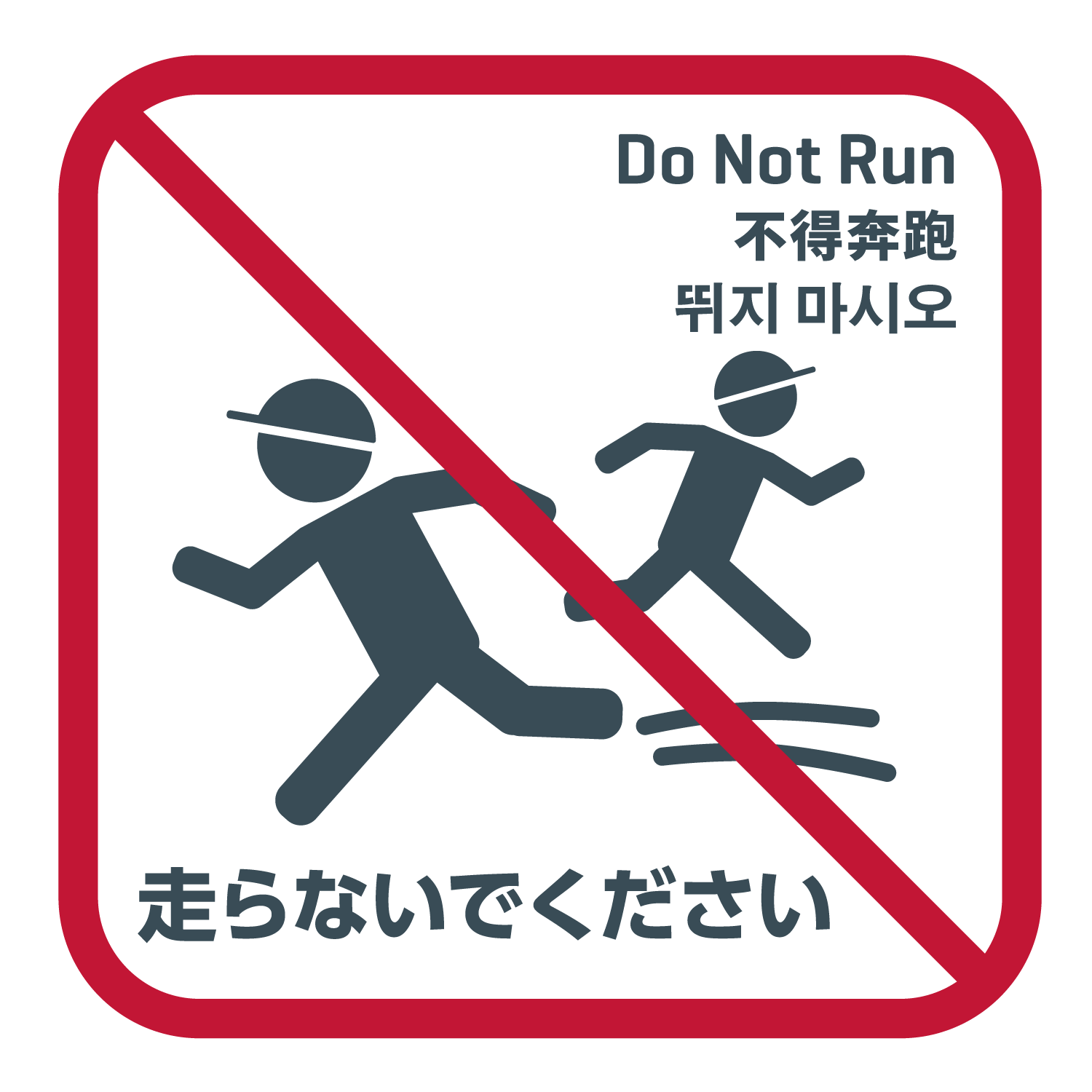
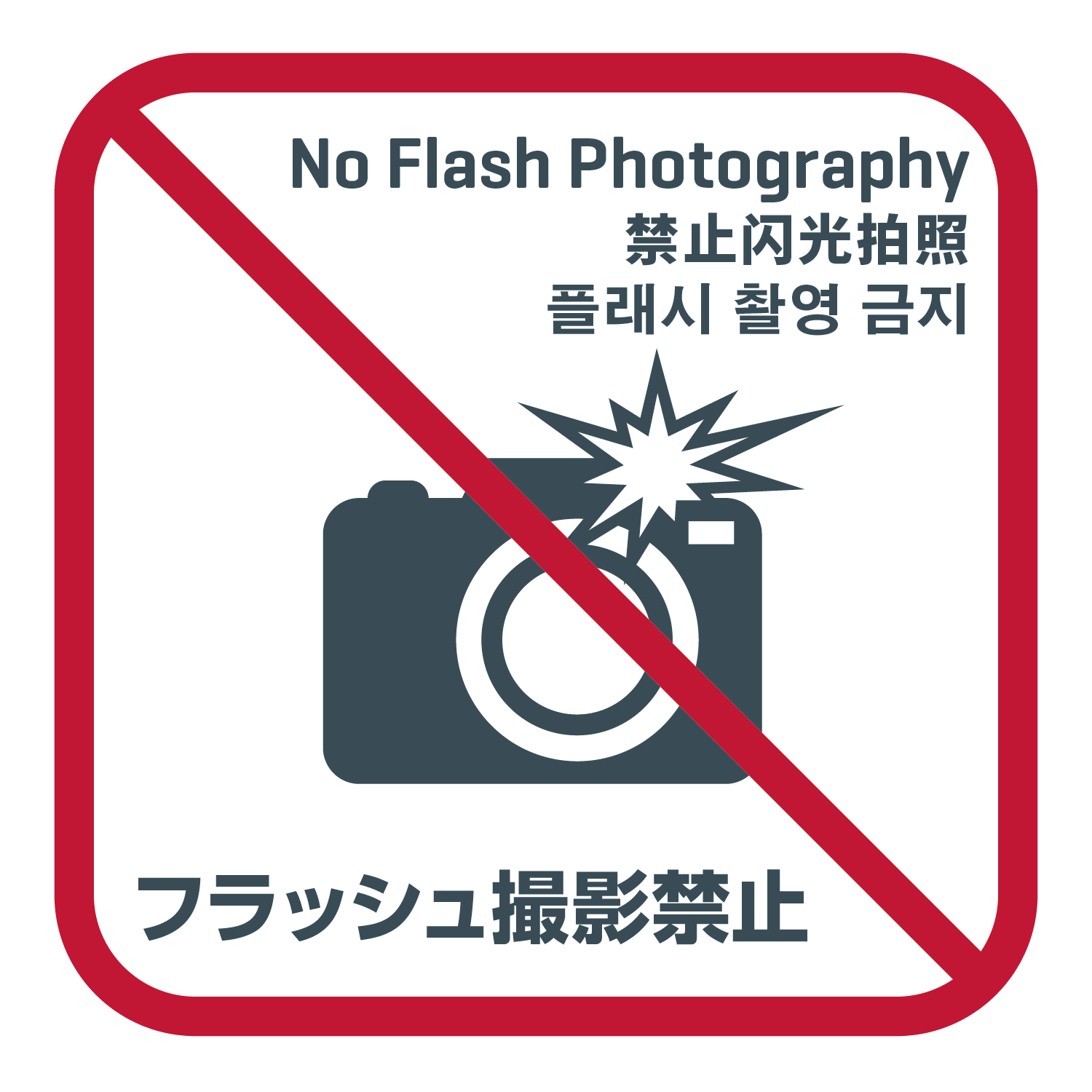
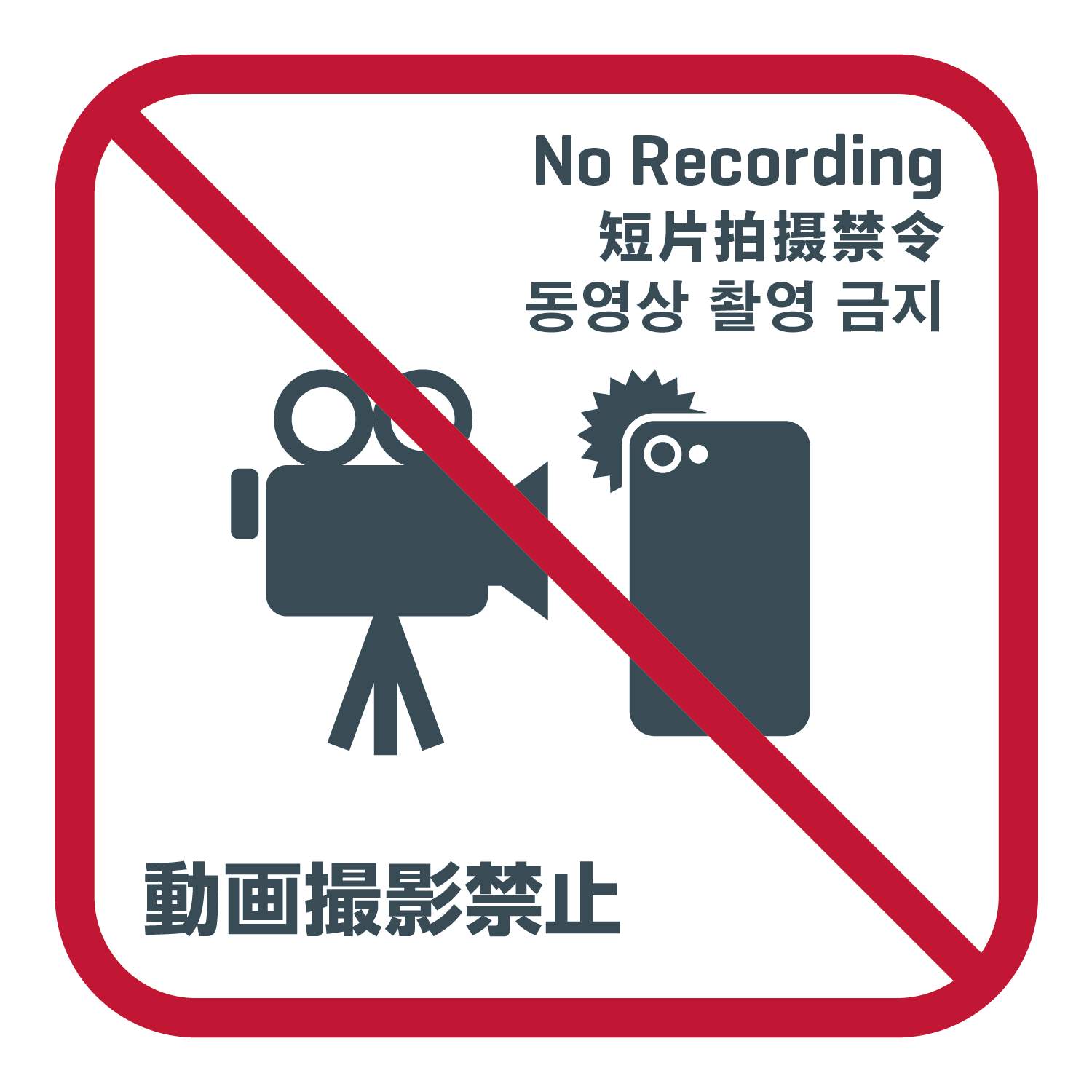
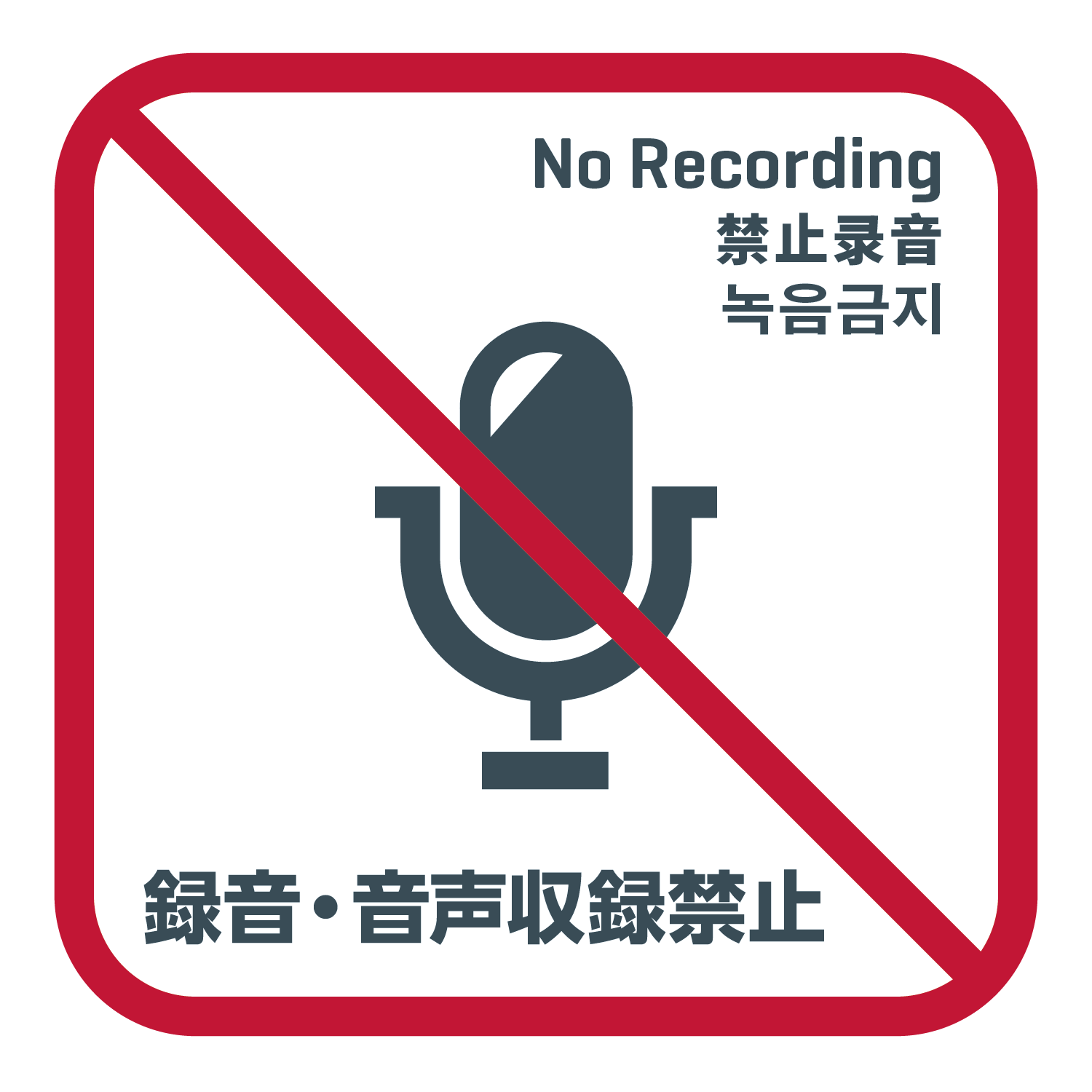
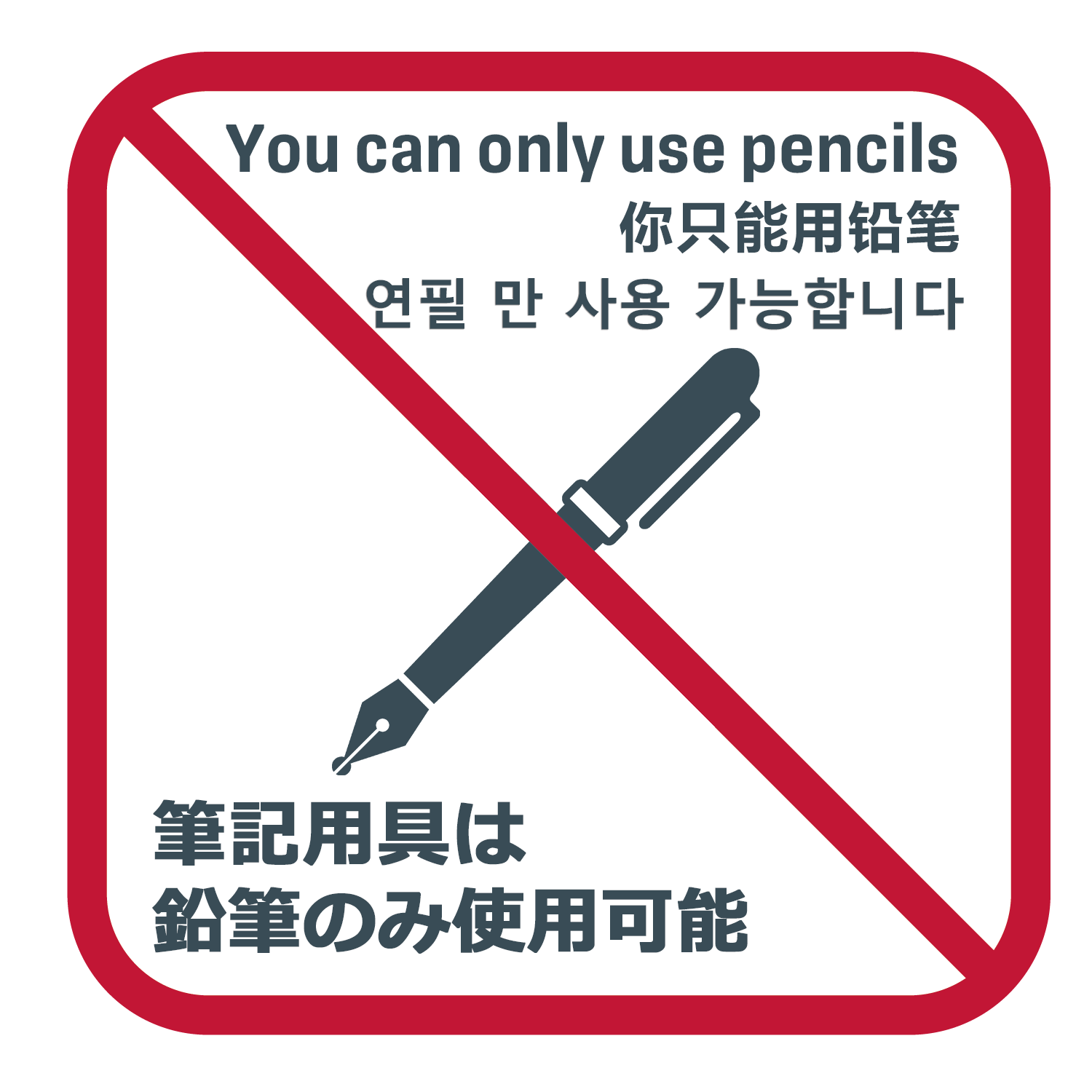
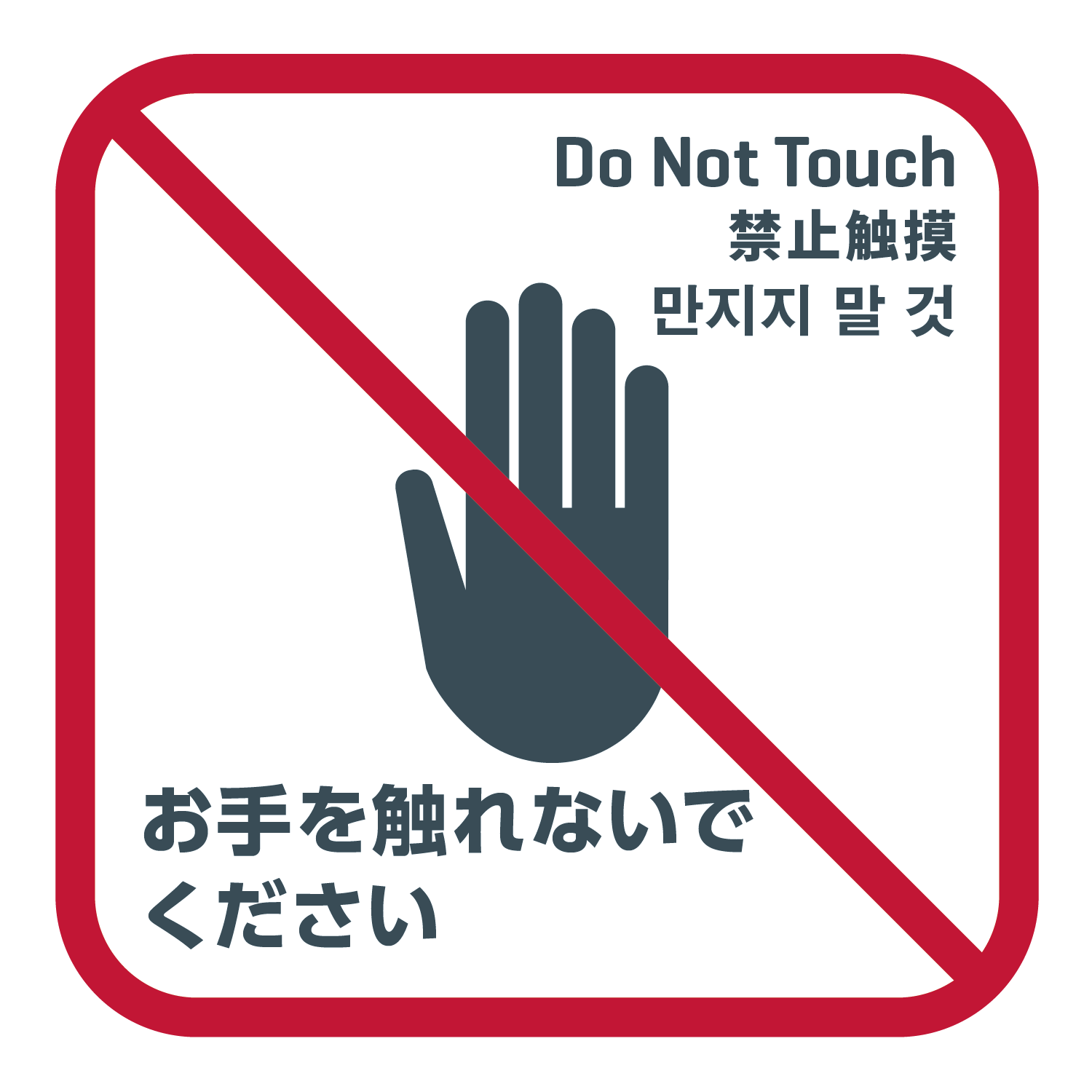
Museum hours
10:00 a.m. – 5:00 p.m. (entrance until 4:30 p.m.)
Closed: Every Monday (or the following weekday if Monday is a holyday) /New Year holiday season / when changing exhibits
Admission
General ¥1400
25 years old or younger ¥700
High school students and younger ¥0
*Disabled persons and an attendant can get 50% discount for admission fee, by showing disability certificate.
Access
5-12-6, Shirokanedai, Minatoku, Tokyo 108-0071
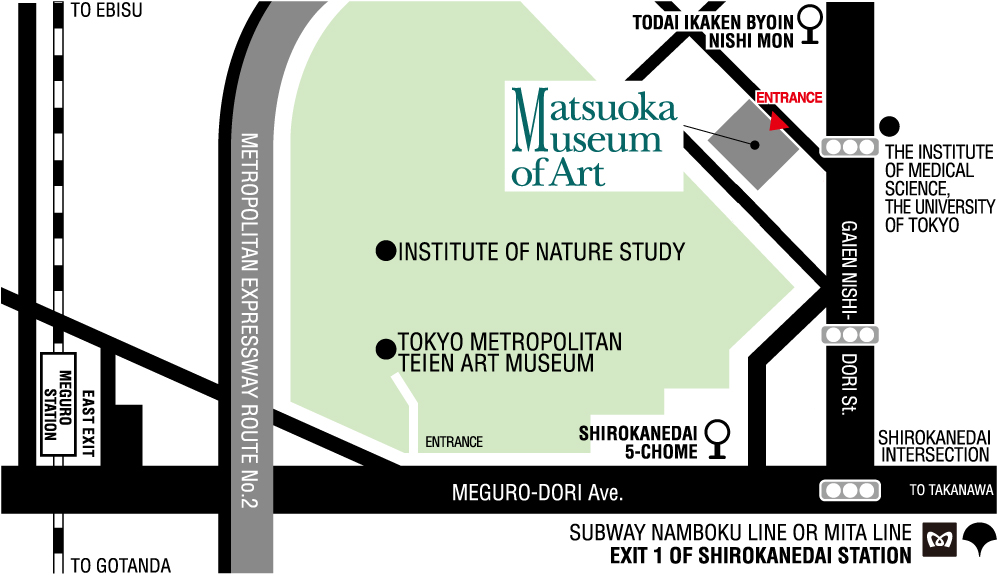
- JR Meguro Station: A 15-minute walk from the East Exit.
- Shirokanedai Station on the Tokyo Metro Namboku Line and Toei Subway Mita Line: A 7-minute walk from Exit 1.
- Toei Bus: From the East Exit bus terminal at Meguro Station, take the Kuro-77 (黒77) bus bound for Sendagaya Station or the Hashi-86 (橋86) bus bound for Tokyo Tower, Akabanebashi station, or Shimbashi station.
Get off at Todai-lkaken-Byoin-Nishimon (West Entrance of The Institute of Medical Science, The University of Tokyo). It is a 1-minute walk from the stop. - Parking:There is parking space for three cars at the museum.

